Enhancing Global Steel Structure Fabrication with Advanced Laser Cutting Technology
Overview of the Global Steel Structure Industry
Definition and Market Landscape
Steel structures are assemblies made from steel components that deliver consistent performance and efficient assembly processes. This sector is essential for diverse infrastructure projects and commercial developments around the world. Despite strong competition and tight profit margins, leading enterprises continuously push for technological innovation and process optimization.
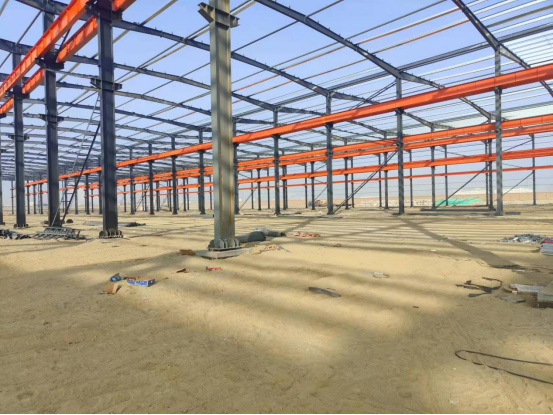
Production Processes and Techniques
The fabrication of steel structures involves a series of meticulously planned production steps:
Workflow: Key processes include layout design, material marking, cutting, straightening, shaping, edge processing, tube and ball processing, hole punching, surface finishing, end processing, and final assembly.
Traditional Cutting Methods: Conventional techniques such as flame cutting, plasma cutting, and CNC drilling are widely used. However, these methods often result in larger cutting gaps, lower precision, and increased material waste.
Industry Challenges and Demand Analysis
Current Market Conditions
Low Profit Margins: With gross profit margins typically around 15% and net margins falling below 5% after accounting for material, labor, facility, and equipment depreciation costs, any inefficiencies can quickly erode profits.
High Operational Expenses: Major expenditures include raw materials, labor, plant space, and machinery. Additionally, reduced capital turnover for processing clients has led to increased financial pressures.
Call for Innovation: There is a growing demand for precision and efficiency improvements, with the industry seeking advanced equipment to replace labor-intensive processes and outdated machinery.
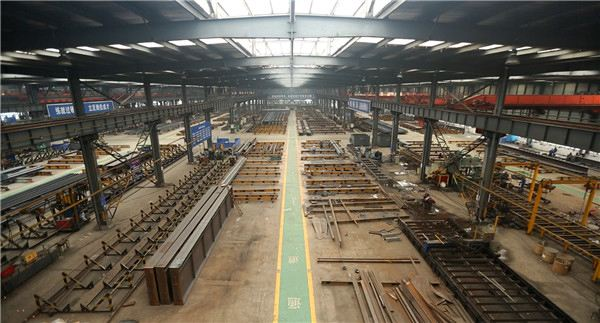
Key Demand Drivers
Environmental Compliance: In response to global trends toward carbon peak and carbon neutrality, companies are compelled to adopt environmentally friendly practices.
Process Optimization: Traditional methods often suffer from significant cutting gaps (reducing material utilization), considerable thermal deformation (increasing scrap rates), and additional drilling processes for bolt holes.
Digital Transformation: There is a strong industry trend toward digital and smart manufacturing, aiming to move from manual processes to semi-automated production systems.
Advantages of Laser Cutting in Steel Structure Fabrication
Laser cutting technology offers significant benefits that make it an ideal solution for the global steel structure market:
*Increased Efficiency and Labor Savings
Reduced Labor Needs: Laser cutting integrates multiple functions—from marking to cutting—in a single step, potentially reducing the workforce by 5–7 positions. This consolidation can lead to significant annual cost savings.
Streamlined Operations: By eliminating the need for post-cut processes such as drilling, manual edge finishing, and additional marking, laser cutting accelerates overall production and enhances operational efficiency.
*Enhanced Material Utilization and Cost Benefits
Improved Material Efficiency: Conventional plasma or flame cutting methods achieve material utilization rates of 70–85%. Laser cutting can enhance these rates by an additional 5–8%. For a facility processing tens of thousands of tons of steel, even a small percentage improvement translates into substantial annual savings.
Minimized Waste: With a kerf width as narrow as 0.3–1.5 mm (compared to 1.5–5 mm with traditional methods), laser cutting significantly reduces material waste and scrap, increasing the value recovery from off-cuts.
*Faster Assembly and Reduced On-Site Costs
Precision and Speed: Higher cutting precision produces components that require less on-site adjustment, thereby speeding up assembly times. This is especially beneficial in environments where workers are compensated on a piece-rate basis.
Smaller Operational Footprint: A single high-efficiency laser cutting machine can replace multiple conventional cutting devices, reducing the space needed for operations and lowering overall facility costs.
Comparative Cost Analysis Example
Consider the following example comparing a 20KW laser cutting machine with a traditional plasma cutter operating 15 hours a day over 300 days per year:
|
Cost Item |
Traditional Plasma Cutter |
20KW Laser Cutter |
|
Equipment Investment |
Lower |
Higher |
|
Annual Working Hours |
4500 |
4500 |
|
Consumables (CNY/hour) |
Higher |
Lower |
|
Depreciation (over 5 years, CNY/hour) |
Lower |
Higher |
|
Electricity Consumption (CNY/hour) |
Higher |
Lower |
|
Auxiliary Labor (additional processes) |
Required |
Not required |
|
Fixed Cost (CNY/hour) |
Higher |
Lower |
|
Cutting Speed (10mm carbon steel) |
Slower |
Up to 12 M/min |
|
Cost per Meter |
~1.3 CNY/m |
~0.25 CNY/m |
This example clearly illustrates the economic and operational advantages of laser cutting, making it an attractive option for enhancing productivity and reducing costs.
Introduction to Han’s Laser Large-Format Laser Cutting Machines
Han’s Laser offers advanced large-format cutting machines tailored for the steel structure industry. Our machines are designed to deliver high precision, speed, and efficiency for global customers.
LA Series – Vertical Cutting:
Ultra-Wide Work Area: Standard 3.2-meter cutting width accommodates two 1.5-meter panels simultaneously.
High Speed & Precision: Ideal for fast, accurate vertical cuts.
Models: G13032LA, G20032LA, G26035LA.
LB Series – Bevel Cutting:
Enhanced Capabilities: Features a dual-axis swing mechanism for bevel cuts at 0° to ±45°.
Same Ultra-Wide Capacity: Supports two 1.5-meter panels side-by-side.
Models: G13032LB, G20032LB, G26035LB.
*Custom options are available, with lengths from 6 to 50 meters and widths from 2.5 to 5.0 meters.
Key Features and Advantages of Han’s Laser LA Series:
Aluminum Beam Construction: Precision-extruded beams with optimized design distribute stress evenly, offering high rigidity and improved dynamic performance.
High-Precision Rail Base: Crafted with welded steel plates and advanced machining for outstanding stability and accuracy.
Automatic Backlash Elimination: Ensures perfect gear-to-rack engagement for consistent large-format cutting precision.
Intelligent Dust Extraction: A “follow-up blow-suction” system keeps the environment clean and protects the equipment.
Additional Features of the LA Series:
Circle Centering (±0.5mm): Guarantees precise positioning.
Multi-Sheet Processing: One-time setup for batch operations.
Variable Frequency Piercing: Enhances efficiency for carbon steel up to 30mm thick.
Optimized Material Use: Adjustable edge-angle cutting minimizes waste.
Automatic Nozzle Cleaning: Maintains consistent cutting performance.
Oxygen Negative Focus Cutting: Cuts carbon steel 1.5–2 times faster than traditional methods, especially when using high-pressure or mixed gases.
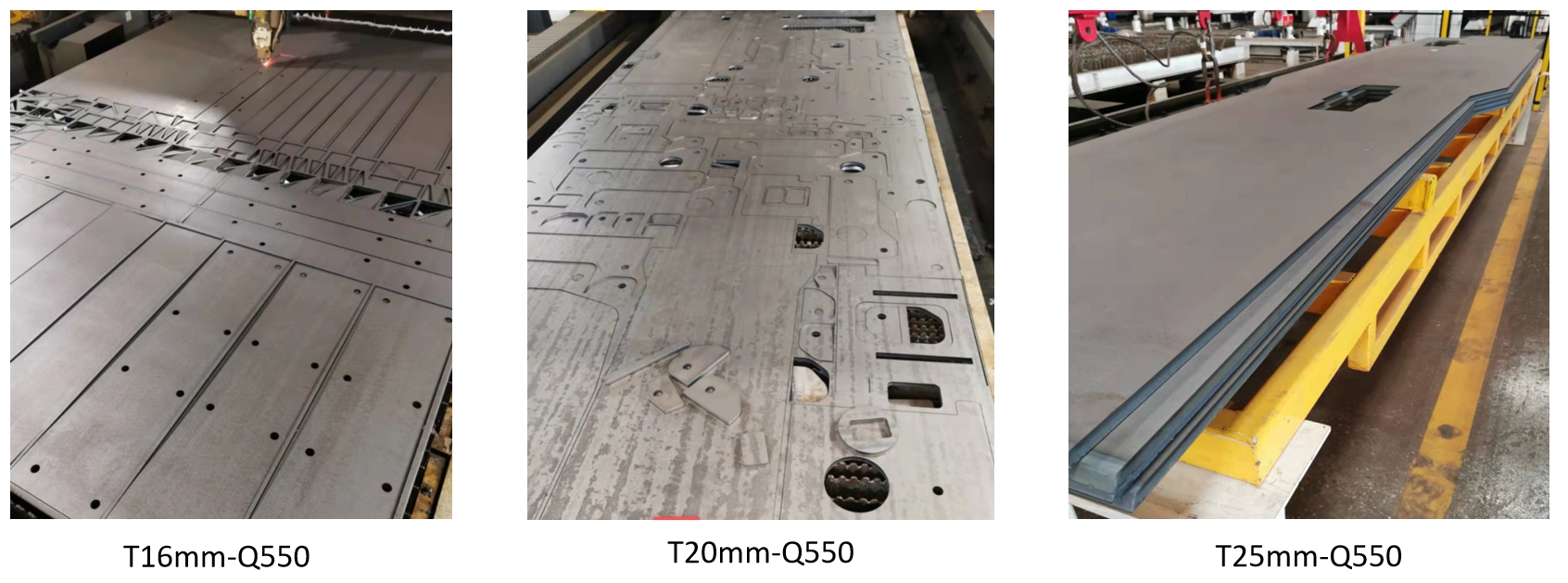
Advanced Bevel Cutting Capabilities in the LB Series:
Dual-Axis Swing Mechanism: In addition to conventional vertical (0°) cutting, the LB Series incorporates a swing mechanism that rotates the cutting head to a specified angle. The dual A and B axis swing system, driven by a CNC-controlled servo motor setup, allows the cutting head to swing within a 0° to ±45° range. This flexibility supports a variety of bevel cuts including straight, arc, V, A, Y, X, and K bevels.
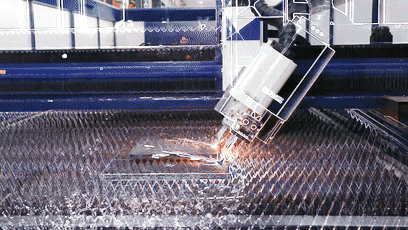
State-of-the-Art CNC System and Servo Motors: Our machines utilize Han’s Laser’s self-developed Han’s SMC CNC system paired with German Rexroth servo motors and drivers. This combination ensures efficient, precise operation even under demanding cutting conditions.
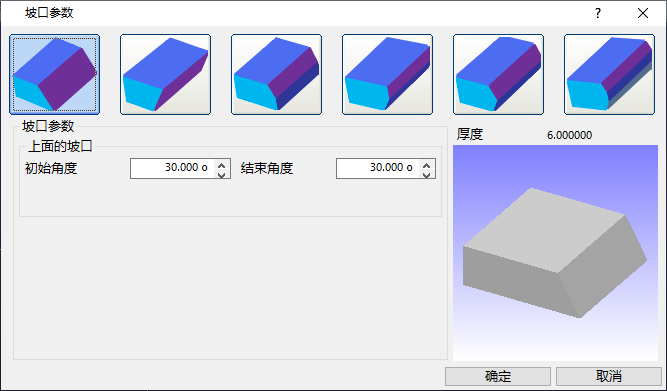
Innovative Programming Software: The integrated Spanish Lantek programming software offers combined 2D and 3D displays to accurately reflect bevel effects. It also directly recognizes nc1 files from Tekla software, simplifying programming and streamlining operations.
Han's Large Format Laser Cutting Machine Application Cases
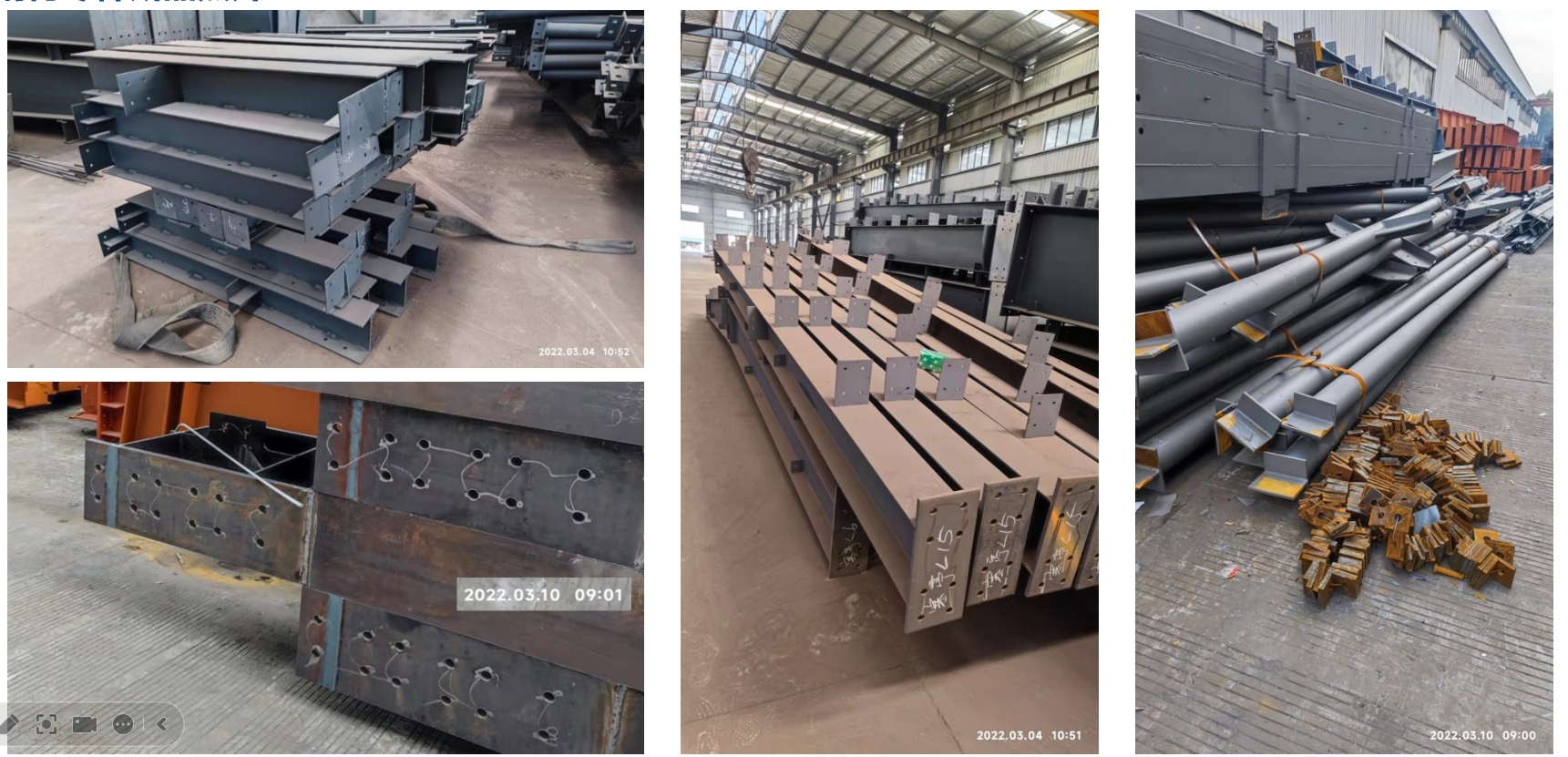
At Han’s Laser, we are committed to providing advanced large-format laser cutting solutions that offer superior precision, speed, and efficiency. Our machines are designed to meet the rigorous demands of the global steel structure market, delivering significant advantages in productivity and cost-effectiveness.



















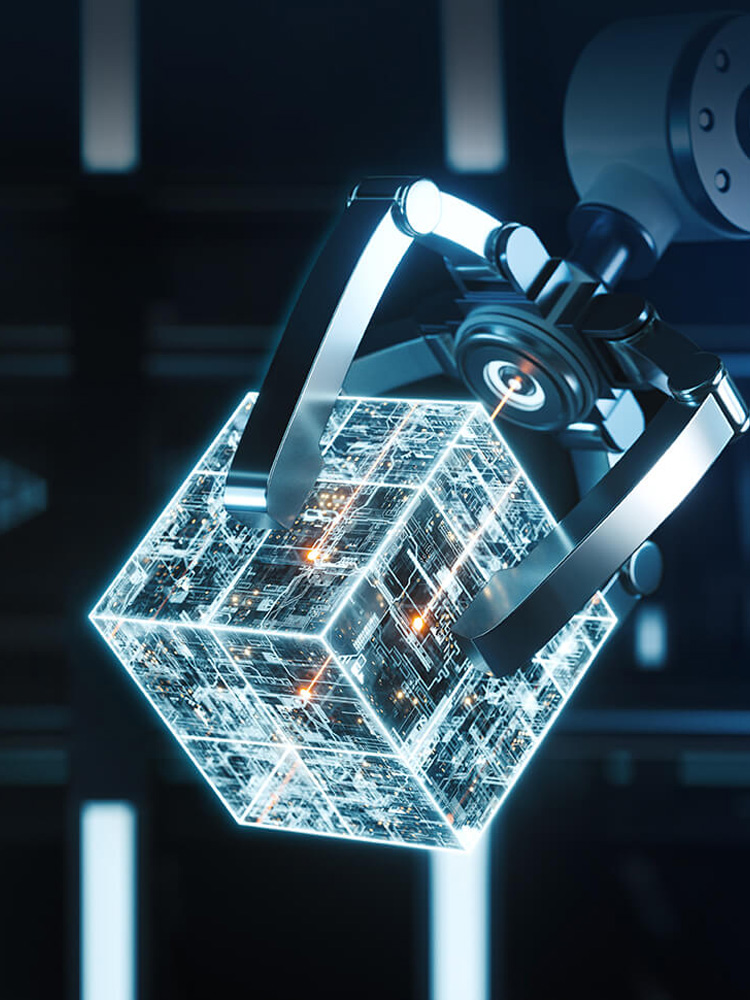



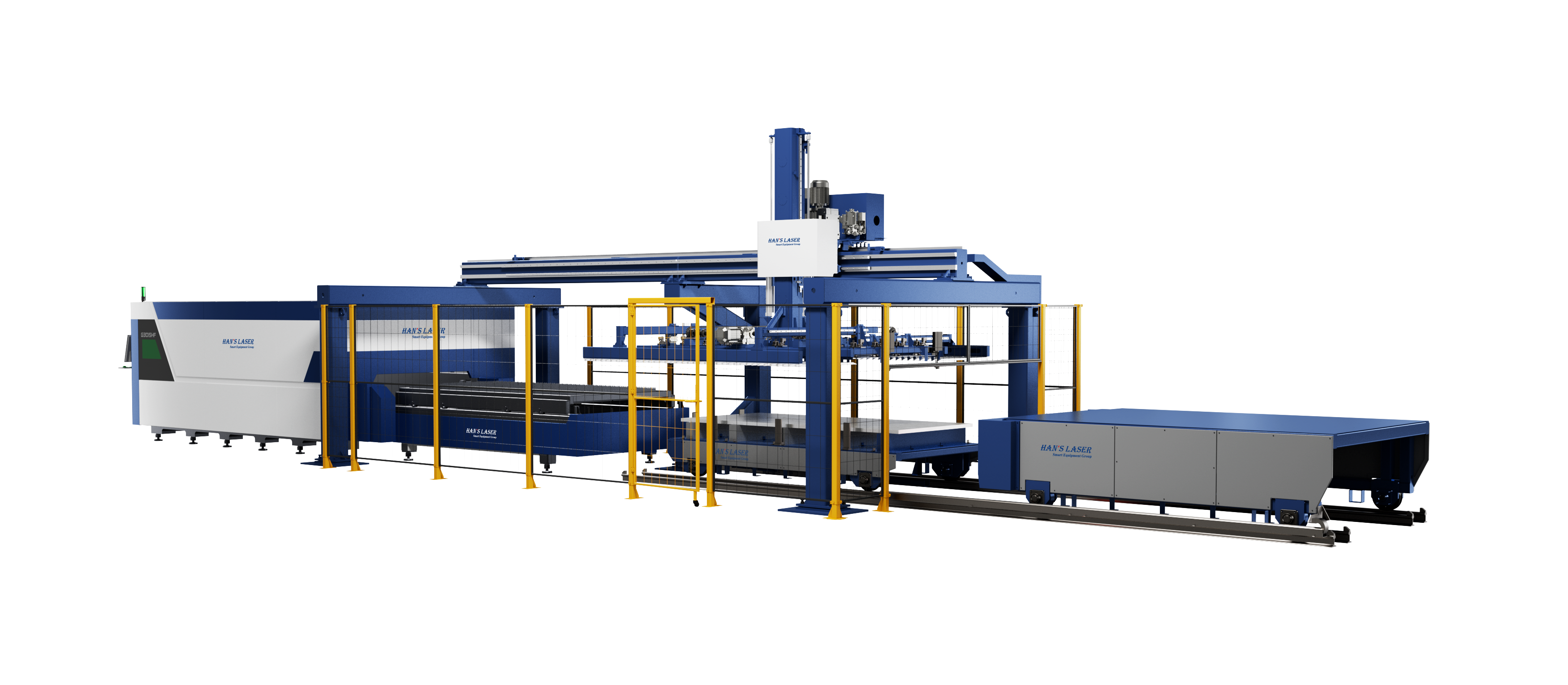
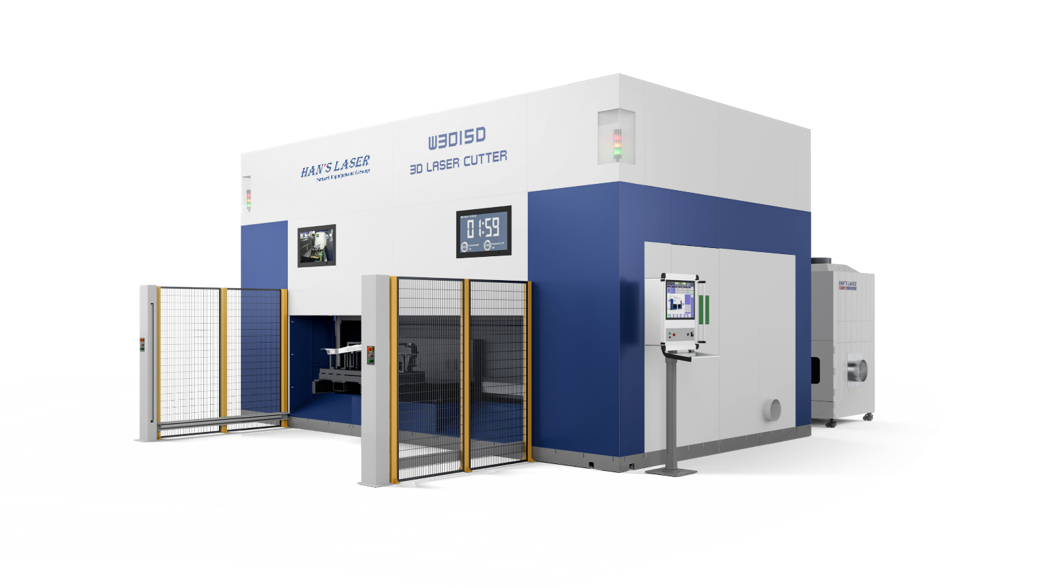

 LET’S TALK
LET’S TALK